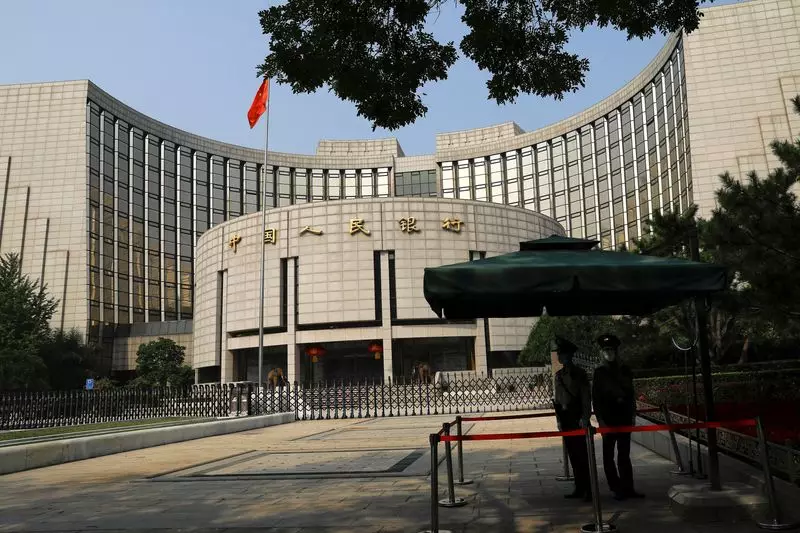Recent comments from the People’s Bank of China (PBOC) have stirred discussions regarding potential changes in the nation’s interest rates. Officials have indicated that a reduction from the current rate of 1.5% might be on the horizon, potentially taking place in 2025. This perspective aligns with a broader initiative aimed at enhancing the market-driven framework of interest rates. The PBOC’s strategy reflects an evolving approach to fiscal management, emphasizing the importance of responsive credit demand and a dynamic monetary policy.
The anticipation of rate cuts is rooted in analytical assessments that suggest a necessary shift towards a more adaptable economic environment. As China grapples with growth challenges amid economic uncertainties, the central bank’s focus on interest rate adjustments over strict quantitative goals marks a significant transformation in its operational philosophy. This strategy demonstrates a commitment to moving away from traditional methods of controlling credit, which have historically relied on numerical quotas for bank lending.
One of the key declarations from PBOC officials is the intention to de-prioritize quantitative objectives. The bank has acknowledged the necessity to phase out rigid targets for loan growth, positioning itself in favor of interest rate control as more influential in guiding economic activities. This shift highlights the central bank’s recognition of the complexities involved in fostering a robust economic landscape that transcends mere state-directed lending.
The shift toward a market-oriented framework can be understood as a response to the demands of high-quality development, as emphasized by the bank. It indicates a gradual weakening of the state’s grip on financial mechanisms, allowing capital markets to take a more active role in stimulating growth. However, such a transition is not without its challenges. Experts have described the process as “arduous,” implying that the path ahead will demand significant structural changes in the economy, particularly in how it utilizes capital for growth.
The PBOC’s recent remarks coincide with other essential policy shifts from China’s governing bodies, particularly the Politburo’s easing of monetary policy. After maintaining a “prudent” stance for 14 years, the Politburo has opted for a status characterized as “appropriately loose,” suggesting a more flexible approach that aims to galvanize lending and investment in a struggling economy. These measures come amidst broader concerns about trade friction with the United States, as the return of Donald Trump to the White House could exacerbate economic tensions.
In this context, the Chinese economy is not only facing external challenges; internal demands are also pressing. The heavy reliance on manufacturing and exports has been underlined by disappointing domestic consumption driven by an ongoing property crisis. The erosion of consumer wealth has raised alarms among policymakers, prompting some advisers to advocate for a steadfast growth target alongside increased fiscal stimulus to enhance domestic demand.
As China endeavors to navigate these multifaceted challenges, the implications of its monetary policy changes will be critical. The central bank’s forthcoming actions, particularly regarding interest rates, will significantly influence both economic stability and growth potential. Analysts remain watchful of how these policy shifts will affect the household consumption landscape and overall investor confidence.
Moreover, improving the interplay between interest rates and capital markets is essential for sustainable economic development. The PBOC recognizes that fostering a more interconnected financial structure will not only benefit traditional sectors but also incite innovation and entrepreneurship within the economy.
China’s commitment to reforming its monetary policy framework is a crucial step towards addressing its broader economic challenges. While the path to achieving a more responsive interest rate environment is fraught with obstacles, it represents a strategic pivot that could ultimately reshape the Chinese economic landscape for years to come. As the central bank prepares for future actions, its focus on flexibility and market orientation will be pivotal in defining the nation’s economic resilience.

